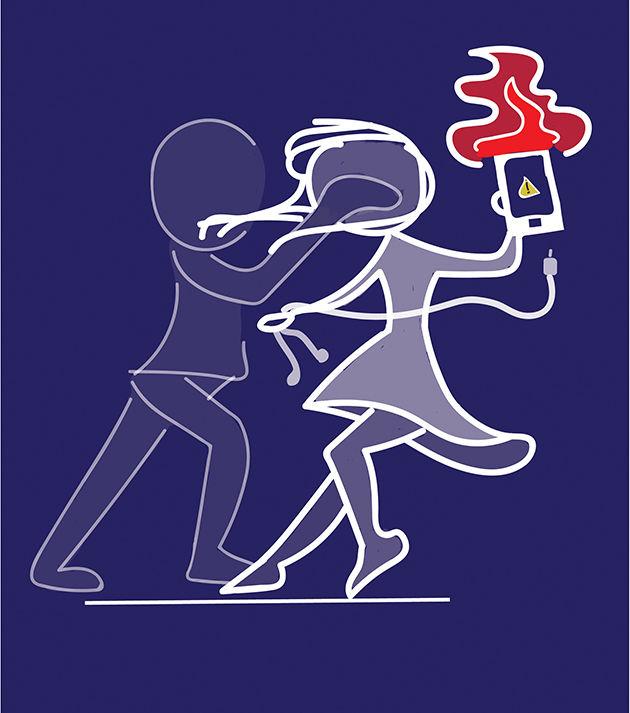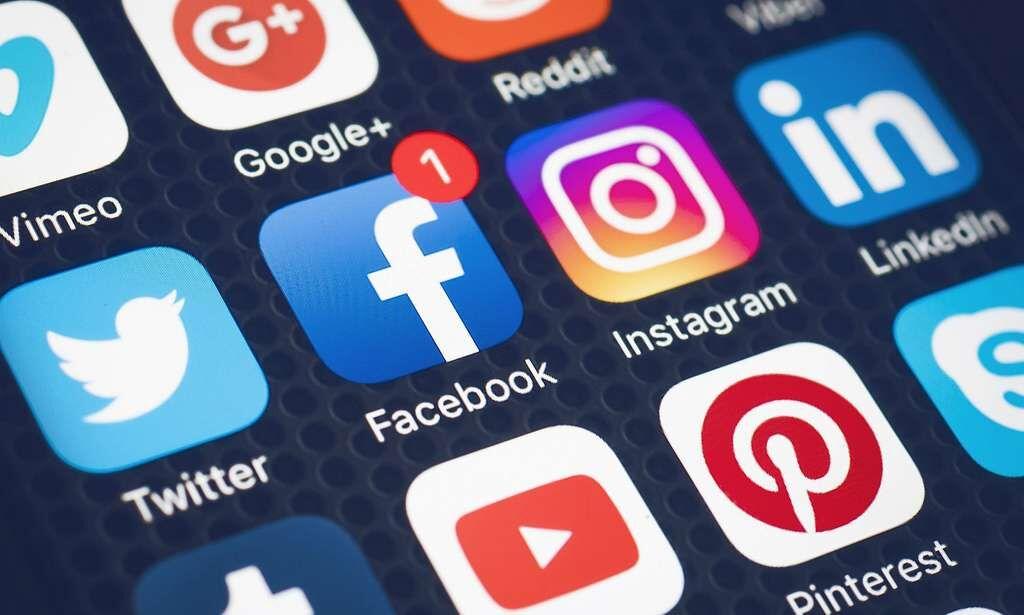A new weapon has been introduced to combat sexual assault on college campuses across the country — a phone application that can be activated with the flick of a headphone.
PhoneFlare is a free safety app designed to help reduce on-campus sexual violence. When the app senses that the user is in danger, it automatically texts a GPS location to family and friends and notifies campus dispatch.
According to PhoneFlare’s website, the app senses danger through three ways. A user can manually declare an emergency, the user can rip headphones or an accessory out of the audio jack, or the user can set a timed alarm system.
Chris Jarvis, creator of the app and NYU graduate, said he lamented hearing stories of sexual assault and rape on college campuses.
“We wanted to find a solution,” Jarvis said. “We wanted to find a way to help our classmates.”
Jarvis said the app developed from being an after-the-fact resource for law enforcement to a preventative measure.
“Originally, we wanted to use the app to provide empirical evidence to prosecute against offenders,” Jarvis said. “After accidentally triggering the emergency stop cord on a treadmill, Jarvis realized that the app could potentially be used to prevent incidents, as well. “It was our Eureka moment.”
Like Jarvis, A&M has taken a stance against sexual assault. On Sept. 16, 2015, A&M President Michael Young launched the the “Step In, Stand Up” campaign aimed at reducing instances of sexual violence at A&M and to promote education through conversations and the sharing of information.
Dmitri Westbrook, assistant coordinator for the office of Consensual Language, Education, Awareness and Relationships (CLEAR) at A&M said university programs have been effective in highlighting the topic of sexual assault.
“Since the ‘Step In, Stand Up’ campaign has launched, more students are undoubtedly aware of the topics of sexual assault as well as other forms of interpersonal violence,” Westbrook said. “In addition, the office of [CLEAR] has provided programs such as SHARP, Green Dot and individualized presentations to further educate students about sexual violence, dating and domestic violence, stalking and sexual harassment.”
Nevertheless, 11.2 percent of all United States undergraduate and graduate students experience rape or sexual assault through physical force, violence, or incapacitation according to the Rape, Abuse & Incest National Network (RAINN). RAINN also notes that greater than 50 percent of college sexual assaults occur in fall semesters.
Westbrook said it is challenging to gauge the empirical results of A&M’s campaign thus far.
“It is difficult to determine if these educational efforts have directly affected the number of on-campus sexual assaults, as there are many other variables that affect the reporting and occurrence of sexual assaults,” Westbrook said. “We need to look at long term climate data to get the bigger picture.”
Sonya Djikeng, biology senior, said she hadn’t heard of the app but thought the concept was an interesting approach to prevent sexual assault.
“If something was to happen, I would want someone around to keep me safe. So, I guess the app would be a good thing in case no one was there,” Djikeng said. “I use my phone all the time. When I’m walking back from class especially, I use my headphones to listen to music.”
Jarvis said he hopes the app will support the efforts of universities across the United States in mitigating the problem of sexual violence.
“We just had our soft release, and we are making a national push,” Jarvis said. “Currently, we support 800 plus colleges and universities in our database and have 350 to 400 active members.”
New app designed to prevent sexual assault on campus
October 12, 2016
Photo by Graphic by Sarah Bannon
A newly launched app called PhoneFlare senses when a user is in danger and automatically notifies family and campus police in an effort to combat sexual violence.
0
Donate to The Battalion
$1815
$5000
Contributed
Our Goal
Your donation will support the student journalists of Texas A&M University - College Station. Your contribution will allow us to purchase equipment and cover our annual website hosting costs, in addition to paying freelance staffers for their work, travel costs for coverage and more!
More to Discover










